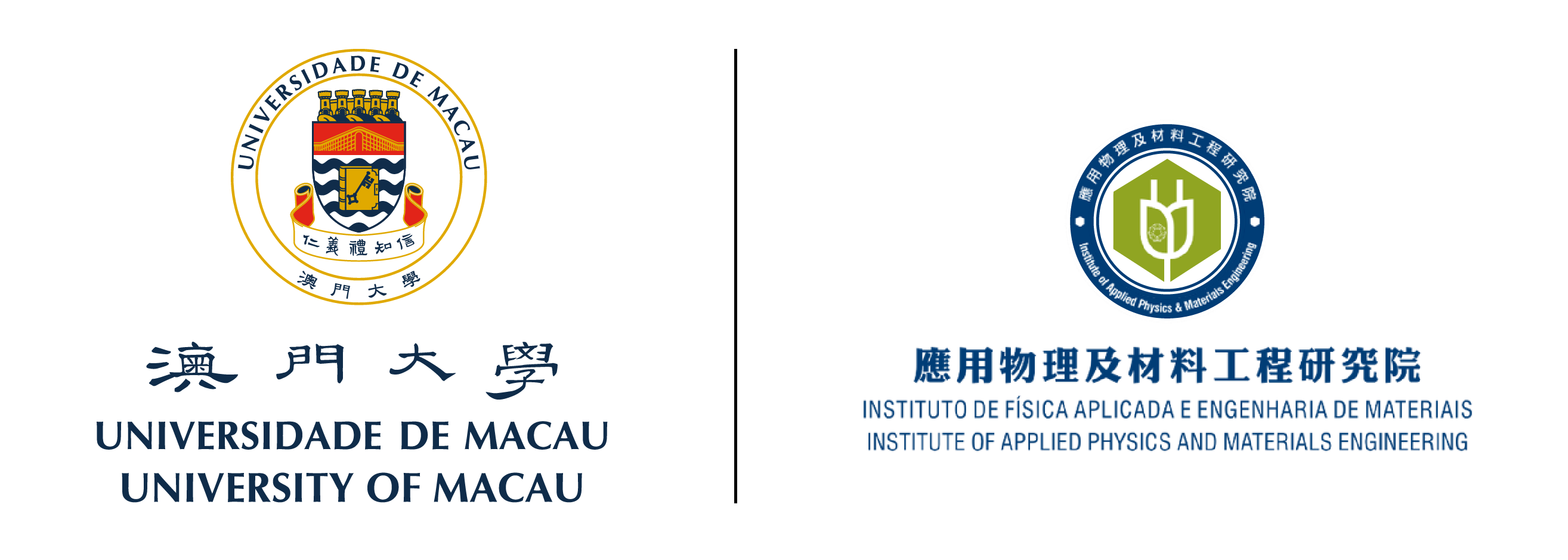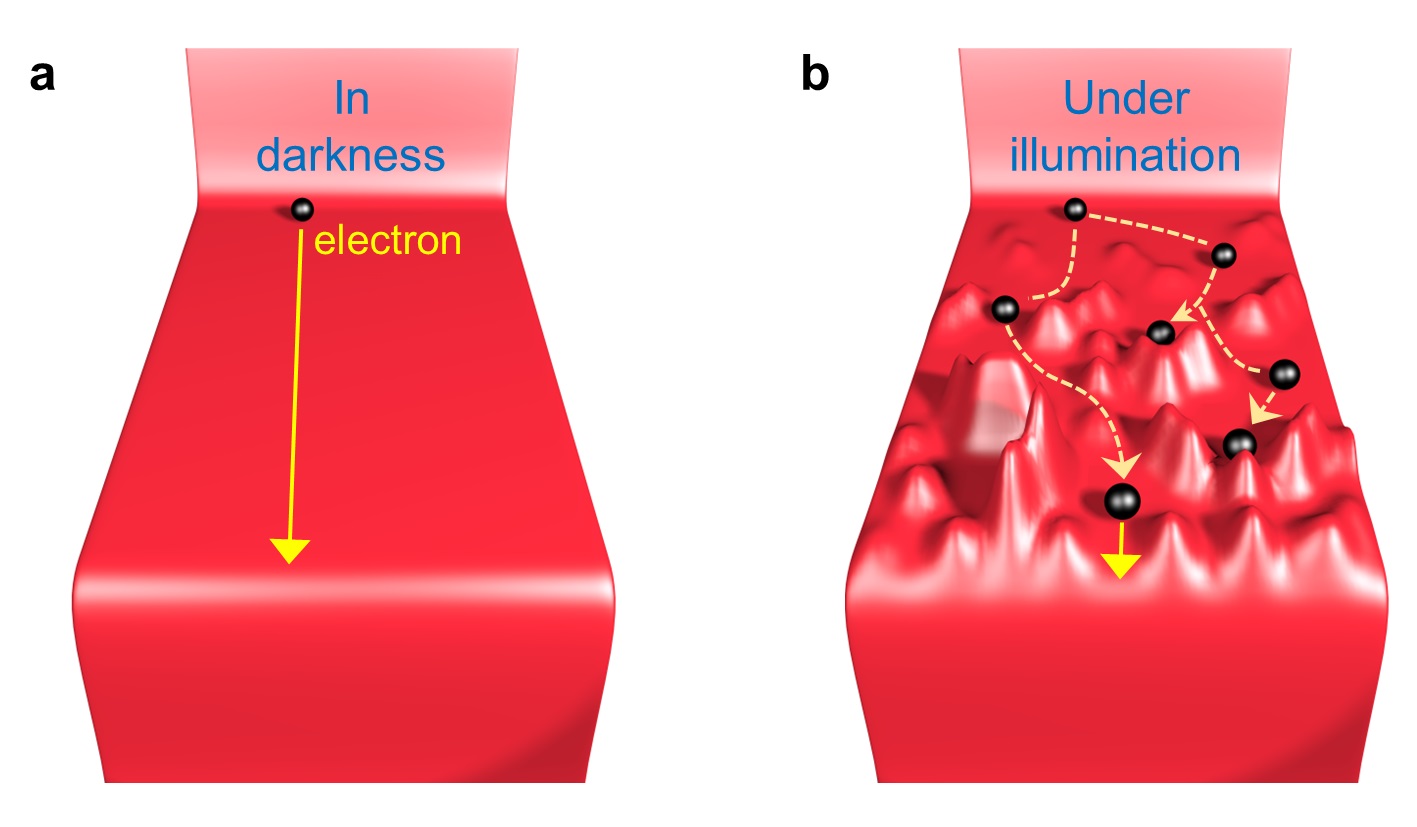A research team led by Xing Guichuan, professor in the Institute of Applied Physics and Materials Engineering (IAPME) at the University of Macau (UM), and a research team led by Su Chenliang, professor at Shenzhen University, have identified a key factor for enhancing the photovoltaic performance of mixed-dimensional 2D/3D perovskite solar cells, which will help to promote the commercialisation of the solar cells. The research results have been published in the internationally-renowned academic journal Nature Communications.
For more than a decade, halide perovskites have become the research frontier of the photovoltaic field due to their excellent semiconducting properties. Traditional halide perovskites are presented with an ABX3-type three-dimensional (3D) crystallographic structure. Used as the photoactive layer in single-junction solar cells, halide perovskites have achieved a certified efficiency of up to 25.7 per cent. However, conventional 3D perovskites suffer from poor stability. Dimensionality modulation is confirmed to be an effective countermeasure, and among low-dimensional perovskite derivatives, 2D perovskites have been widely demonstrated to be more stable than their 3D counterparts. Naturally, mixed-dimensional 2D/3D perovskite films are considered promising to combine the advantages of 2D perovskites in stability and 3D perovskites in solar conversion. Besides, detrimental ion migration in 2D perovskites is suppressed, and defects at the grain boundaries and surfaces of 3D perovskites are usually passivated by 2D perovskites. Therefore, mixed-dimensional 2D/3D perovskite solar cells have attracted huge attention. However, for a long time, the energy conversion efficiency was lower than expected, significantly limiting the commercialisation of these solar cells, and the mechanism behind this limitation remained unclear.
Given this situation, the research teams of UM and Shenzhen University have jointly conducted a study and have revealed the unique PCB effect in mixed-dimensional 2D/3D perovskites for the first time. The researchers have found that in darkness, the 2D perovskite components do not hinder carrier transport; While under illumination, the built-in potential of the 2D/3D perovskite interface is enhanced, and given the phase arrangement that the 2D components intersperse in the 3D perovskite matrix, the transport of photo-generated electrons would be hindered by photoinduced potential barriers. Meanwhile, photo-generated holes would be trapped by photo-generated pitfalls. This mechanism can explain the usually lower short-circuit current and inferior fill factor of mixed-dimensional 2D/3D perovskite solar cells, providing renewed theoretical guidance for optimising the performance of mixed-dimensional 2D/3D perovskite solar cells.
The corresponding authors of this study are Prof Xing and Prof Su. The first author is Yu Dejian, a postdoctoral researcher in the IAPME. The project was supported by the Science and Technology Development Fund, Macao SAR (File no: 0044/2020/A1, 0082/2021/A2) and UM’s Multi-Year Research Grant (File no: MYRG2020-00151-IAPME).
A schematic illustration of the photoinduced carrier blocking effect in mixed-dimensional 2D/3D perovskites
Source: Communications Office, University of Macau


